After being gazetted as a conserved building, the new developers of Golden Mile Complex are looking to preserve the facade and distinct features of the iconic building. And while we can be fortunate to still have this building (or a Version 2.0 of it) around, a whole chunk or history and culture is gone with the tenants moving out. But one thing’s for sure – Golden Mile Complex won’t be forgotten.
Unsurprisingly, there are plenty of amazing buildings, structures and landmarks that have graced our skylines or existed, but might have been forgotten over the years.
We rounded up some of the more interesting ones, and for some of these places, there’s bits of it you can still see today.
Old National Library building
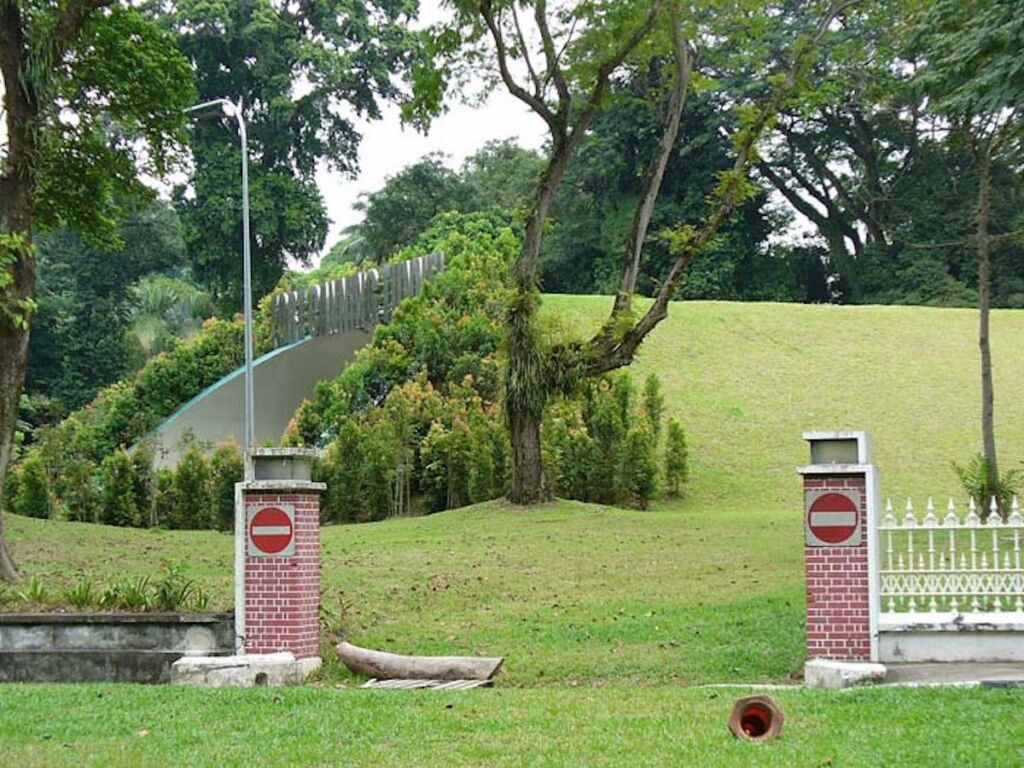
The library was part of the Raffles Museum (now called the National Art Museum) but its roots stretched back to Sir Stamford Raffles who had a private collection of books that was only accessible to the British and privileged class. When it was reconceptualised and rebuilt in the 1960s, the library served as a popular hangout spot for youths who came for storytelling or study sessions, artists and the local arts community, and more. It was eventually torn down in 2004 due to make way for Singapore Management University and the construction of Fort Canning tunnel. There was a lot of public dissent about the demolition but in the end, the pressure of urban development had to overwrite sentimentality.
Where is it now? Today, all that remains of the building at its original site are two red-bricked entrance pillars standing near the Fort Canning Tunnel. However at the new National Library on Victoria Street, 5,000 red bricks from the old library were salvaged and use to build a commemorative wall in a bamboo garden.
Tuas TV World
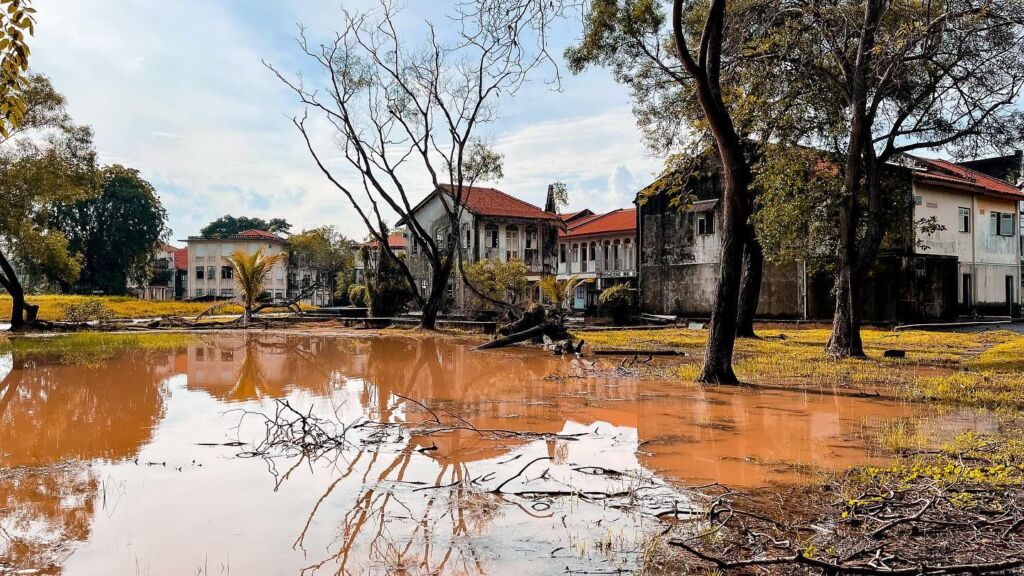
Right before you hit the immigration checkpoint at Tuas, lies a place that transports you to another time and place.
The Tuas TV World was built between 1990 and 1992 and run by the Singapore Broadcasting Corporation (SBC). If you grew up in the late 90s, you’ll see it used as a set and backdrop for a lot of popular local television shows.
It occupied the size of four football fields and had buildings that resembled the streets of Singapore in the past including an old cinema, a railway station, a fire station, shophouses and even a manmade river.
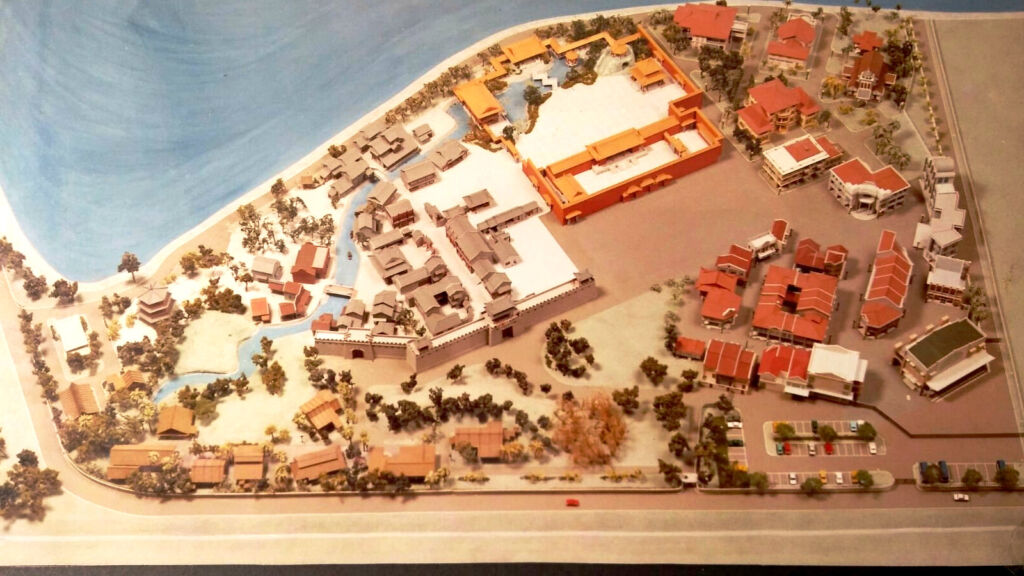
Half of the compound has already been demolished or boarded up and the whole area is not accessible to the public.
Where is it now? However, it was announced recently that Tuas TV World – or what is left of it – is set to be demolished in early 2024.
Escape Theme Park
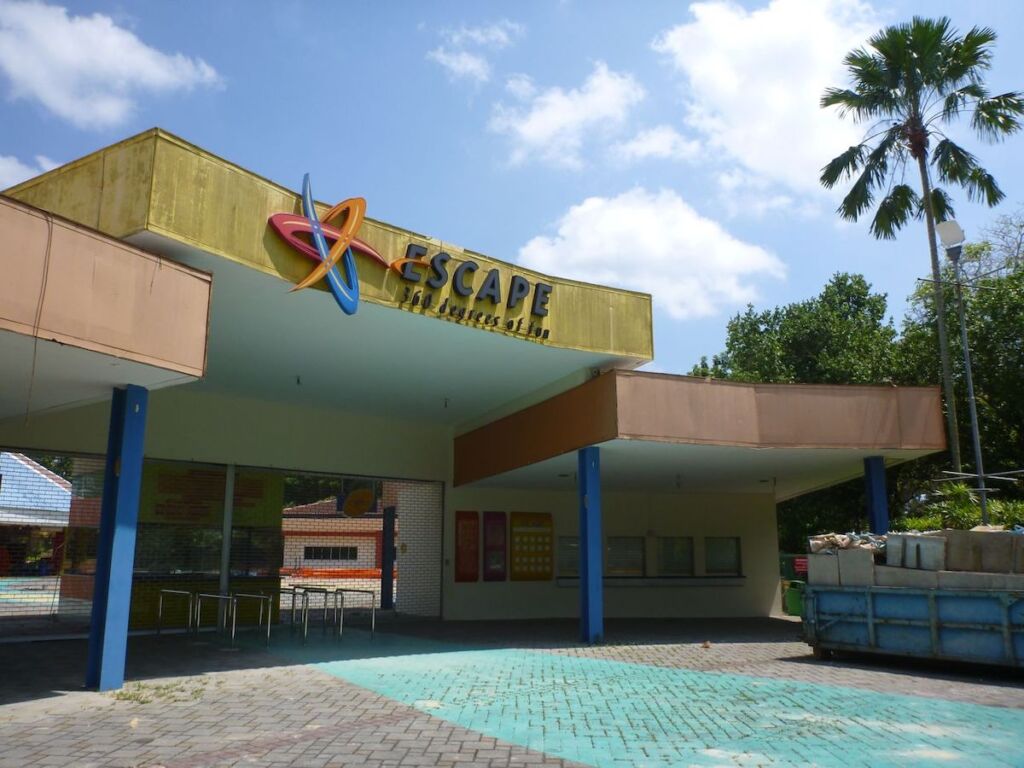
Opened in 2000, the NTUC Club-owned theme park in Pasir Ris started out with 17 family-friendly and thrill rides including the standard swinging pirate ship, two go-kart tracks, a walk-in haunted house and a flume ride – which was the highest in Asia at that point with two drops. However due to a high number of complaints from the patrons and some unfortunate incidents involving some of the more risky rides, the theme park grew out of favor with the crowds and eventually ceased operations.
Where is now? Gone, and for good. Nostalgic as it was, it was a pretty shitty theme park. The park shuttered for good in November 2011 and area where it stood has been used to expand the chalets and the other theme park still there – Wild Wild Wet.
National Theatre
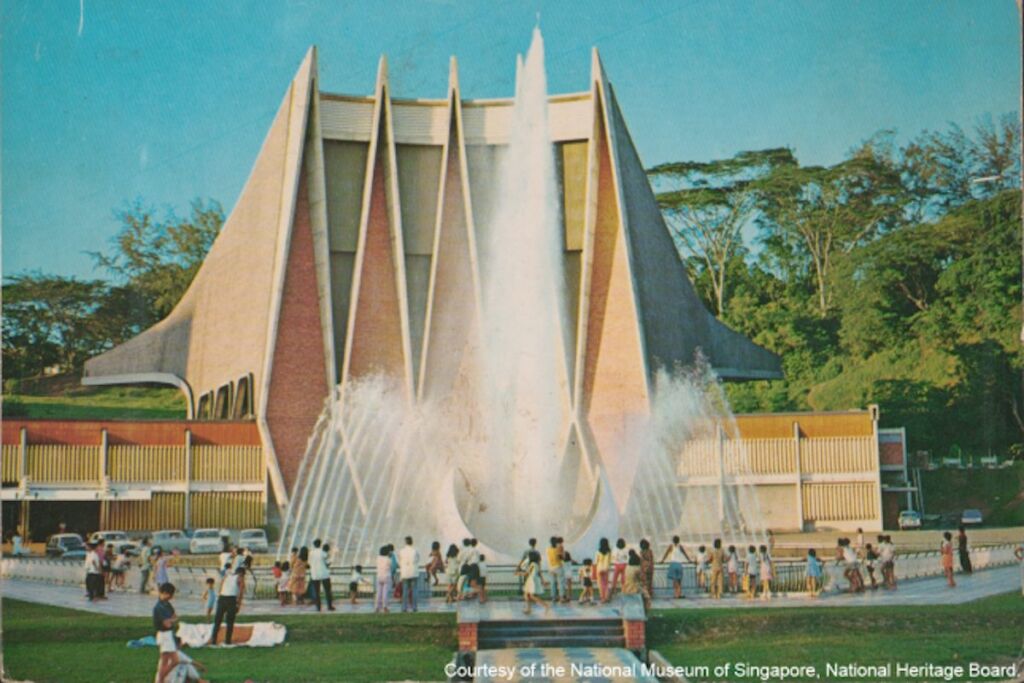
Culture in the 1960s was very much alive and the National Theatre was the center of it all.
Located at the foot of Fort Canning Park, it was the first and largest national theatre in Singapore when it was built in 1963. It was the venue for National Day rallies, graduation ceremonies, international performances (like Louis Armstrong, The Bee Gees, Duke Ellington and more).
The unique architecture of the building featured a five-pointed facade which represented the five stars on the Singapore flag, while the outdoor fountain represented the crescent moon.
Another interesting fact about the theatre is that it had no side or rear walls – only the huge roof shielded the audience from the weather. It was demolished in 1986 to make way for the construction of part of the Central Expressway.
Where is it now? Nowhere, but the National Heritage Board has placed markers and recognized it as a heritage site for “signifying a spirit of self help and nationhood in the early days of nation building.”
Pearl Bank Apartment

Singapore’s iconic horse-shoe-shaped building has been around since 1976 but was sadly demolished in 2020. The building was constructed in 1976 and was the tallest residential structure then. It was designed to accommodate high-density dwelling by architect Tan Cheng Siong who was also responsible for designing other condominium buildings.
The cylindrical building sat atop Pearl’s Hill and with 38 storeys, it overlooked most of Chinatown and central Singapore.
Where is it now? Totally gone, sadly. Today, a much sleeker, modern and taller building is being built on the original site and will become luxury apartments.
Read more: An ode to Pearl Bank Apartments
Kallang Gasworks

Built in 1862, Kallang Gasworks was plant which manufactured gas using coal. Its original function was to provide gas for street lamps in Singapore. However by 1906, electricity was used for street lighting and gas production was expanded for industrial and home use. The plant was decommissioned in 1998, more than century after it was built.
Where is it now: You can still see an octagonal structure which stands near the entrance of Kallang Riverside Park today. The structure are remnants of the pillars and girders which supported huge gas tanks in the plant from the past.
Punggol Zoo
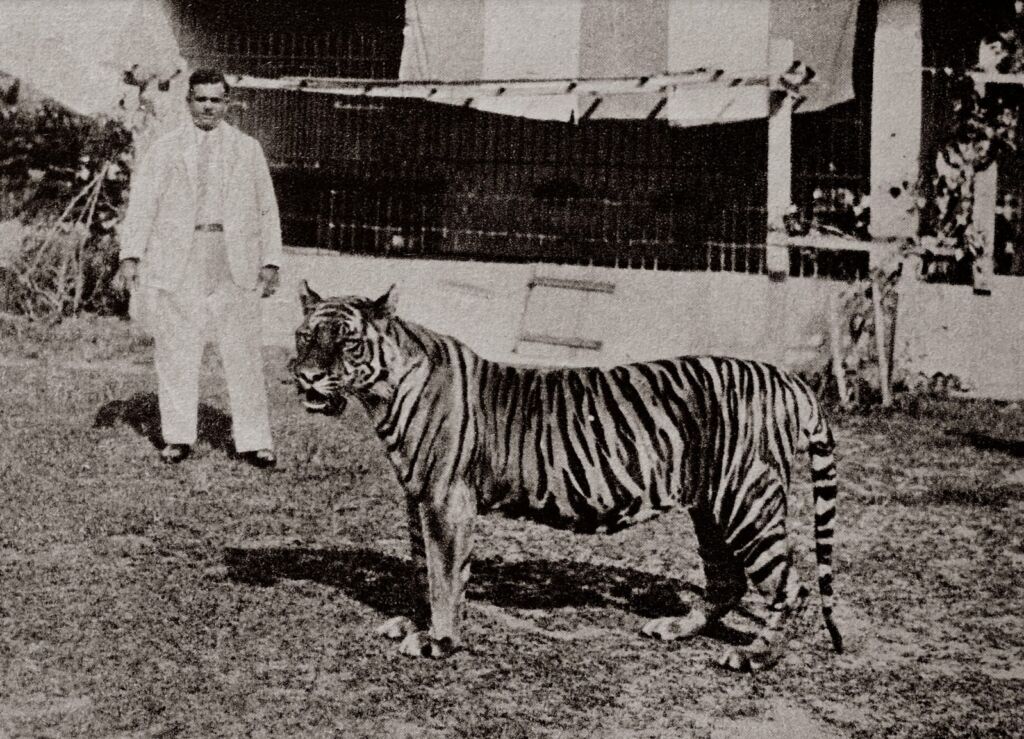
You’ll be surprised to know that the first zoo in Singapore was actually on Punggol Road. Established by animal enthusiast who traded and collected animals, William Lawrence Soma Basapa in 1928, the zoo was built to accommodate this private collection of animals and birds during the pre-war period.
Basapa was also widely known as the “Animal Man” in the community and had started his collection from 1922 – that was the same year scientist Alber Einstein also visited his then private zoo. When it opened to the public, it was quite the attraction for locals and tourists. During the war, the zoo was forced to close by the British. They ordered Basapa to relocate his animals but took matters into their own hands and shot all the animals and reptiles dead and released the birds.
Some of the animals were sent to a taxidermist and later exhibitied in a museum. During the war, the space was used to store ammunition for the Japanese. Basapa passed away in 1943 and later in 1948, the land was sold to a private investor.
Where is it now: Though there is nothing left from the zoo, it is believed that it used to be located where Sungei Dekar is in Punggol, also known as the Coney Channel.
New World Amusement Park

Singapore was popular for its amusement parks from 1920s to 1960s – and New World Amusement Park in Jalan Besar was the first one built.
Opened in 1923, the park had cabaret shows, opera halls, open-air cinemas, dances, wrestling, restaurants and more shops. It attracted late night crowds from Singapore and Malaya and was the oldest amusement park when it closed for business in 1987.
Where is it now: You can still find the front gate of New World Park – albeit reconstructed – at the main entrance of City Square Mall where New World used to be.
Specialists’ Shopping Centre

It used to be the go-to spot in Orchard Road, this building also housed Hotel Phoenix and the flagship store of John Little – the oldest department store in Singapore.
Opened in 1972, the shopping center is also the oldest one in Singapore and was named as such because of the concentration of medical specialists in the area.
Where is it now: The center closed down and was demolished in 2008 to make way for new developments – the current Orchard Gateway mall.
Van Kleef Aquarium

Also located at the foot of Fort Canning Hill, the Van Kleef Aquarium was the first aquarium in Singapore and was opened in 1955.
In its heyday, the place housed around 6,500 species of fish and had three main tanks for separate habitats – freshwater, seawater and swamp. The aquarium was named after a Dutch businessman Karl Willem Benjamin Van Kleef who lived in Singapore in the 19th century. When he died in 1930, he left his estate to the municipal government of Singapore with the stipulation that it be used for the “embellishment of the city”.
The aquarium was a popular spot through the 70s but it suffered from poor business over the years and eventually closed for good in 1996.
Where is it now: The building itself was demolished in 1998.
Check out these other stories:



